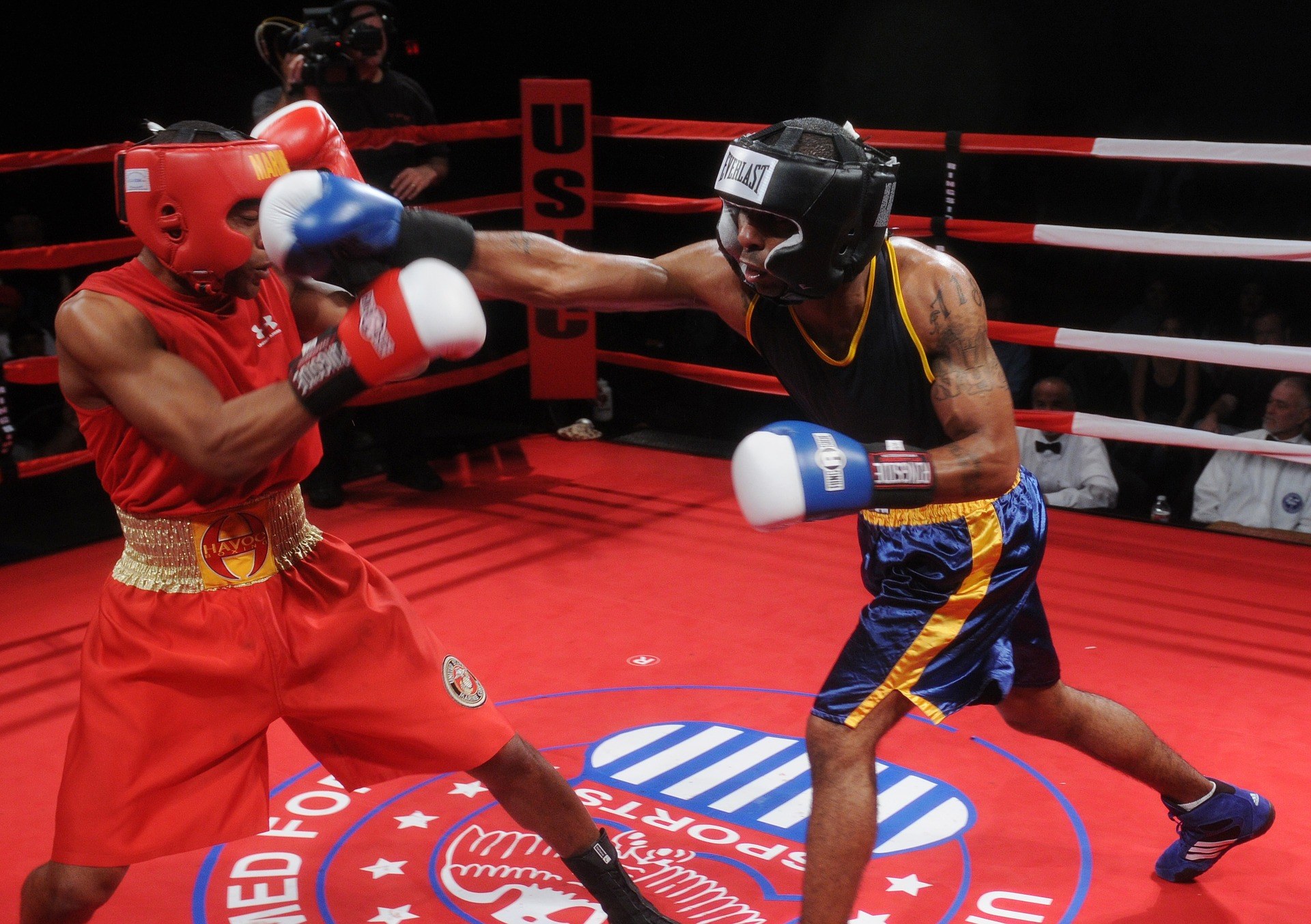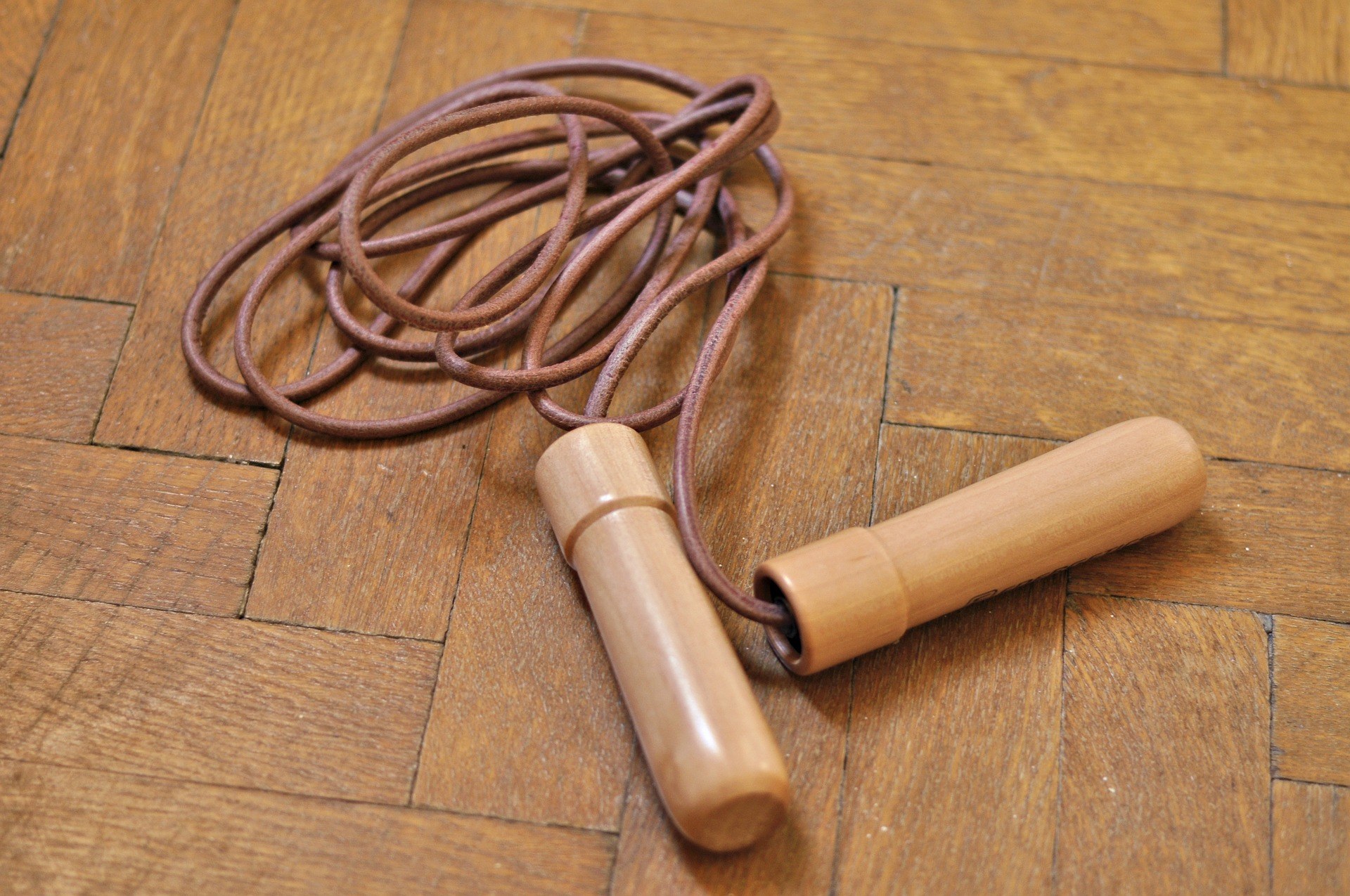Top 10 Best Boxing Footwork Tips That You Love
You've heard that footwork is crucial in boxing?
Indeed!
Having proper boxing footwork is just as important as throwing the right punch.
Without it, you won't be able to build up enough power behind your strikes or be able to successfully dodge your opponent's attacks.
You will find practical guidance on how you can hone your technique.
Check out top 10 boxing footwork tips to help you get on your way.
1. Start with the Right Stance
Having a good boxing stance so that your footwork is successful can be done by remembering a few key points:
- Straighten your spine. Stand tall, not bent forwards or backward. This way, you'll have greater weight distribution and balance throughout. It also gives you better mobility.
- Remember to stay on the balls of your feet so you can move faster. Keep your weight equally distributed here as well. Make sure that your feet remain a bit over a shoulder width apart.
- Your knees should be bent slightly. Doing this can help you achieve greater agility.
2. The Right Shoes for the Right Job
Boxing shoes may not be the first purchase in mind when compared to gloves and hand wraps. However, they are a detriment to your footwork abilities.
To start, boxing shoes give you far greater support than other types of shoes.
There are two versions: high-top and low-top. Both provide support, but differently. High-top shoes can better protect your ankles and lower shins, while low-top shoes grant you better mobility.
Boxing shoes also have less weight to them, so you should have more freedom to move faster around the ring.
The material is typically breathable so that you won't feel weighed down with sweat after a match or a training round. They also have greater traction so you can pivot and move without slipping.
3. Remember to Pivot
The pivot is one of the most versatile footwork techniques a boxer can have in their arsenal.
For instance, it can save you from a close-range, powerful opponent without forcing you to retreat as you can use the pivot to deflect oncoming attacks and deliver quick, forceful counterattacks.
Pivots let you create angles to keep the fight going in your favor. To use this technique, you generally have to rotate your front foot on its ball while pushing off with the back foot. You should be shifting about 45 degrees. This way, you pivot to the right.
If you want to go left, push from the back right foot and let the front foot spin again on its ball. Be sure to maintain a proper stance throughout this so your weight doesn't get off-balance.
Performing successful pivots can get you in your opponent's blind spot, opening up incredible angles so you can land punch after punch.
4. Keep up Your Exercises
An obvious, but sometimes neglected, the tip for having good boxing footwork is to do the right exercises. Plyometric exercises are some of the best at honing your footwork. These types of exercises increase explosive power which combines both strength and speed.
Here are a few common exercises to try out:
- Box Jumps: Use a large square box, around 14-in. or so. There are several ways to perform this exercise. You can jump over it from left to right, or you can do repetitions of 10 or 20 jumping back-to-front or front-to-back.
- Ladder Drills: All you need is a simple workout ladder. Move through it quickly while touching down with just the balls of your feet. You can switch up the patterns every now and again such as side-stepping, touching each space once, touching each foot twice in one space, etc.
- Jump Rope: This traditional exercise helps with numerous of things from coordination, balance, and timing. If you jump rope on your toes, you can help your body develop a better natural rhythm to improve your footwork. There are many other jump roping tricks to try out to better foot coordination.
- Run: You've probably incorporated this into your regular training, but interval sprinting can develop quicker feet and stronger legs. Take about a 15-second break or so in between sprints.
5. Nail the Basic Movements
Your footwork means little if you don't understand how to nail down the basic moves: step forward, step backward, step to the right, step to the left. Keep your balance at all times no matter what step you're performing.
The key to basic moving is having an understanding as to which foot to step with first. For orthodox boxers, when stepping to the front, they move with their left foot first. Moving backward, they go with their right foot first. For stepping to the left, lead with the left foot, and stepping to the right, lead with the right.
Southpaw boxers follow a similar pattern when moving left or right. When going forward, however, they should lead with their right, and lead with their left when going back.
It's easy to get the basic moves wrong, which can have a harmful effect on your boxing footwork overall.
One of the biggest mistakes boxers do is "step-and-drag" like in the case of moving forward by stepping with your lead foot while dragging the back foot. This harms your speed, so it's important to not to drag either foot.
6. Small Steps
The boxer that can control the distance and range in a fight is the one that can typically win the fight. By taking big, wide steps, you're using up energy best saved for those powerful punches.
Work on taking short, quick, explosive steps. You can stay at the edge of your opponent's range, letting you move in at once to take advantage of a retreating opponent. At the same time, short steps can let you back off right away from an opponent rushing you.
Additionally, while smaller steps save on energy, they're easier to control in comparison to wider steps.
7. Relax Your Upper Body
Your upper body and lower body aren't really two separate entities. Rather, they act accordingly to one another.
Most of your powerful movement is generated directly from your core. So, if your upper body is more on the stiff side, it will negatively impact your lower body and footwork.
A stiff upper body and core means you're holding too much tension. Throughout a fight, that can waste energy you desperately need, and have your footwork come across as awkward. Work on keeping your entire body in-sync from your head to your feet.
8. Have a Good Training Partner
Practice is the key to learning anything right. One of the best ways you can practice your footwork is to have the right training partner to practice with. This is not about throwing punches or trying to win a match. Instead, this training should be all about footwork.
Get a partner that can switch up boxing styles, for instance. This way, you're forced to practice a variety of footwork techniques that can spring up in any given match.
You'll learn the difference between going after a fighter that stays away and learning how to evade one that rushes in.
9. Build Leg Endurance
Getting tired during a match is perhaps the worst thing that can happen. You know you need to improve your leg endurance if your legs feel as though they've turned to jelly after just a couple of rounds.
Exercises to improve your endurance can differ to the ones that enhance your boxing footwork technique in general.
Stamina training is more about how long you last rather than how hard you work. Below is a quick list of a few workouts you can utilize:
- Squats (with or without barbells)
- Running up/down stairs/hills
- Exercise machines (e.g. leg press)
- Box/depth jumps
10. Shadow Box
Shadow boxing is something we see just about all boxers do. It's beneficial all around, especially concerning footwork.
Mostly, this type of training helps with the mind more than anything as you don't have an opponent to work off of or any equipment to build any real strength.
What shadow boxing can do for your footwork is help you put more emphasis on your movement. Utilize a mirror when you do it so you can see for yourself how your feet move, whether you maintain a proper stance throughout, etc.
Since you lack a partner, it's important to keep in mind a visualization of one so that you don't get sloppy in your footwork.












